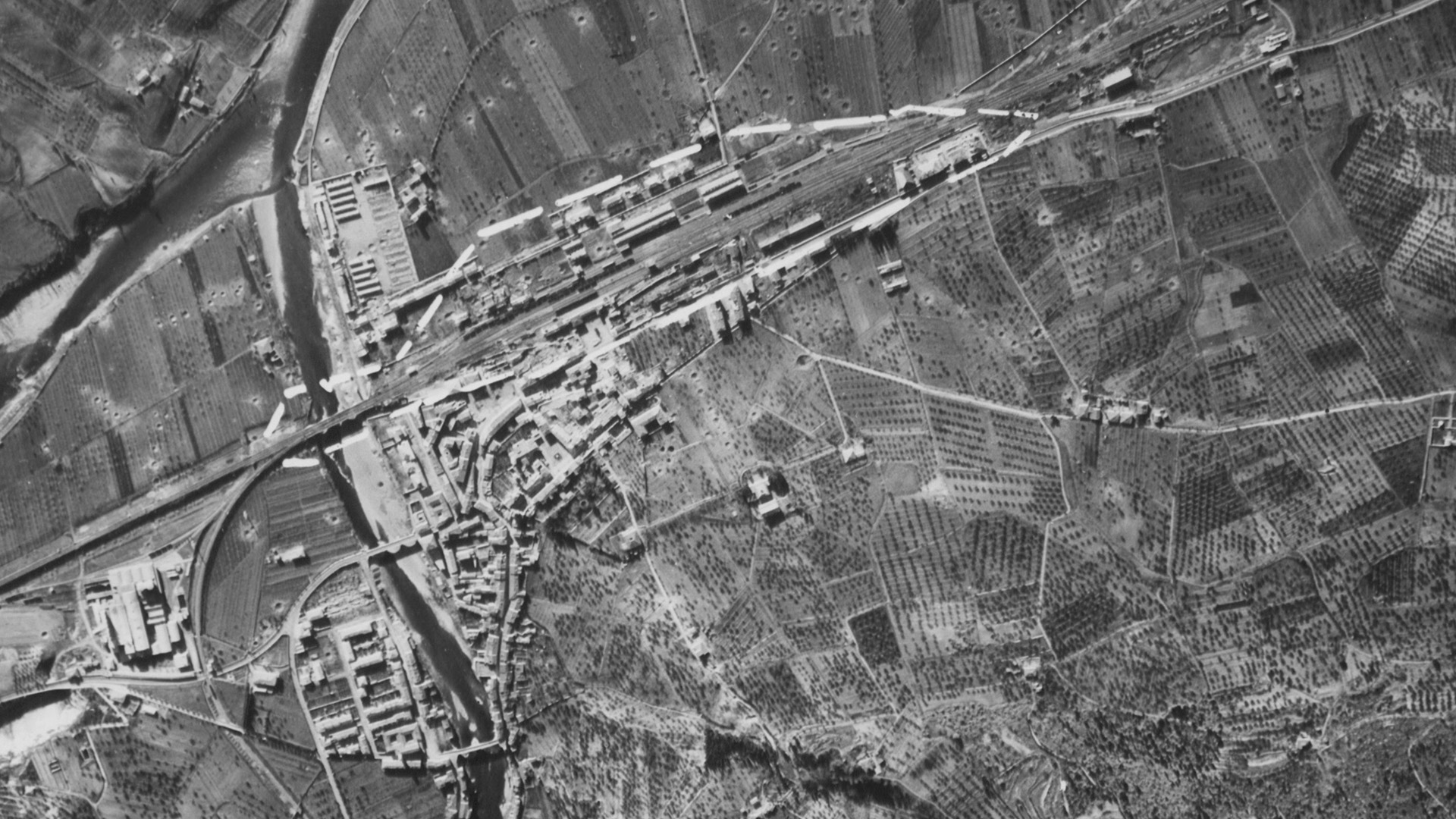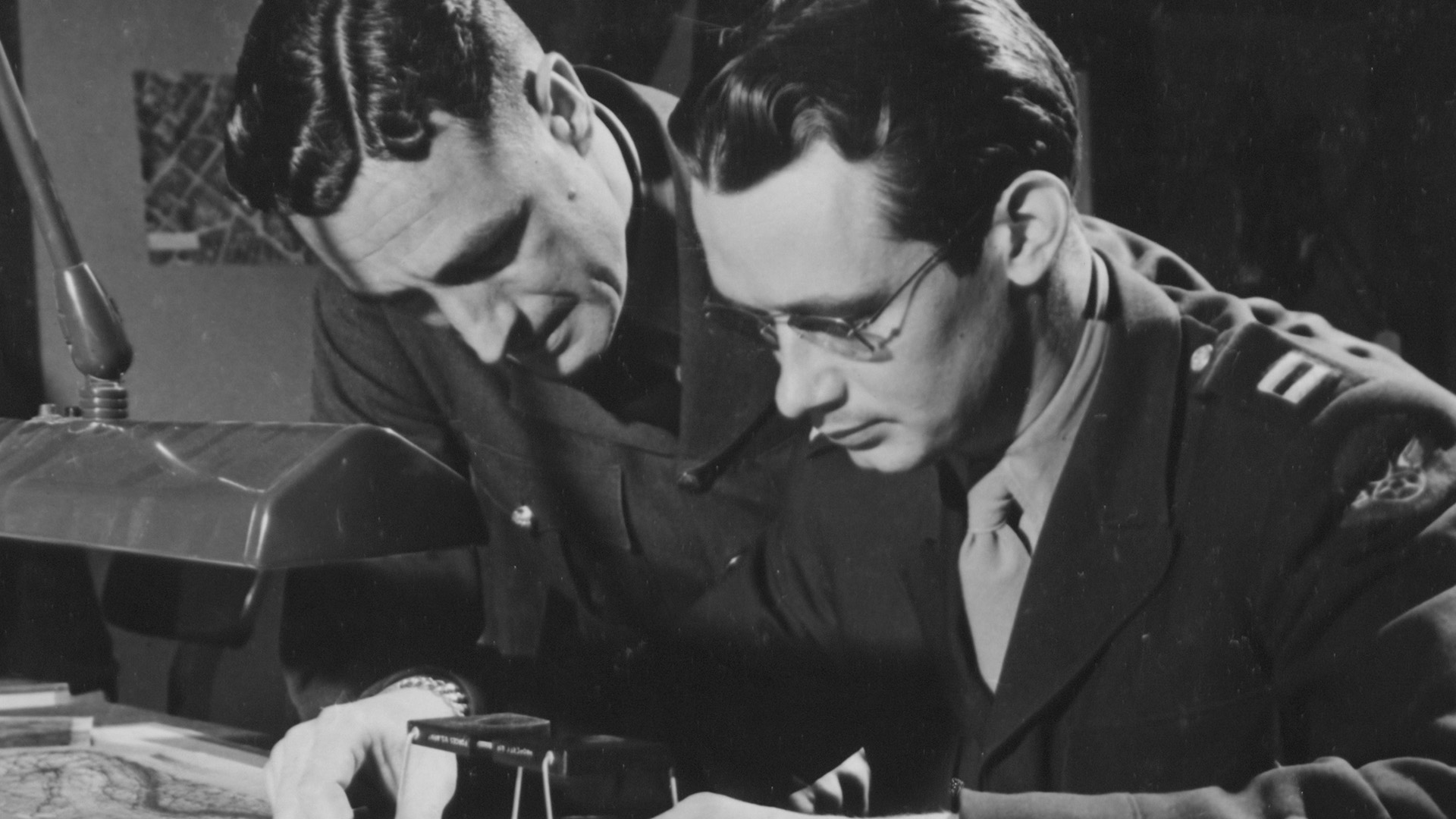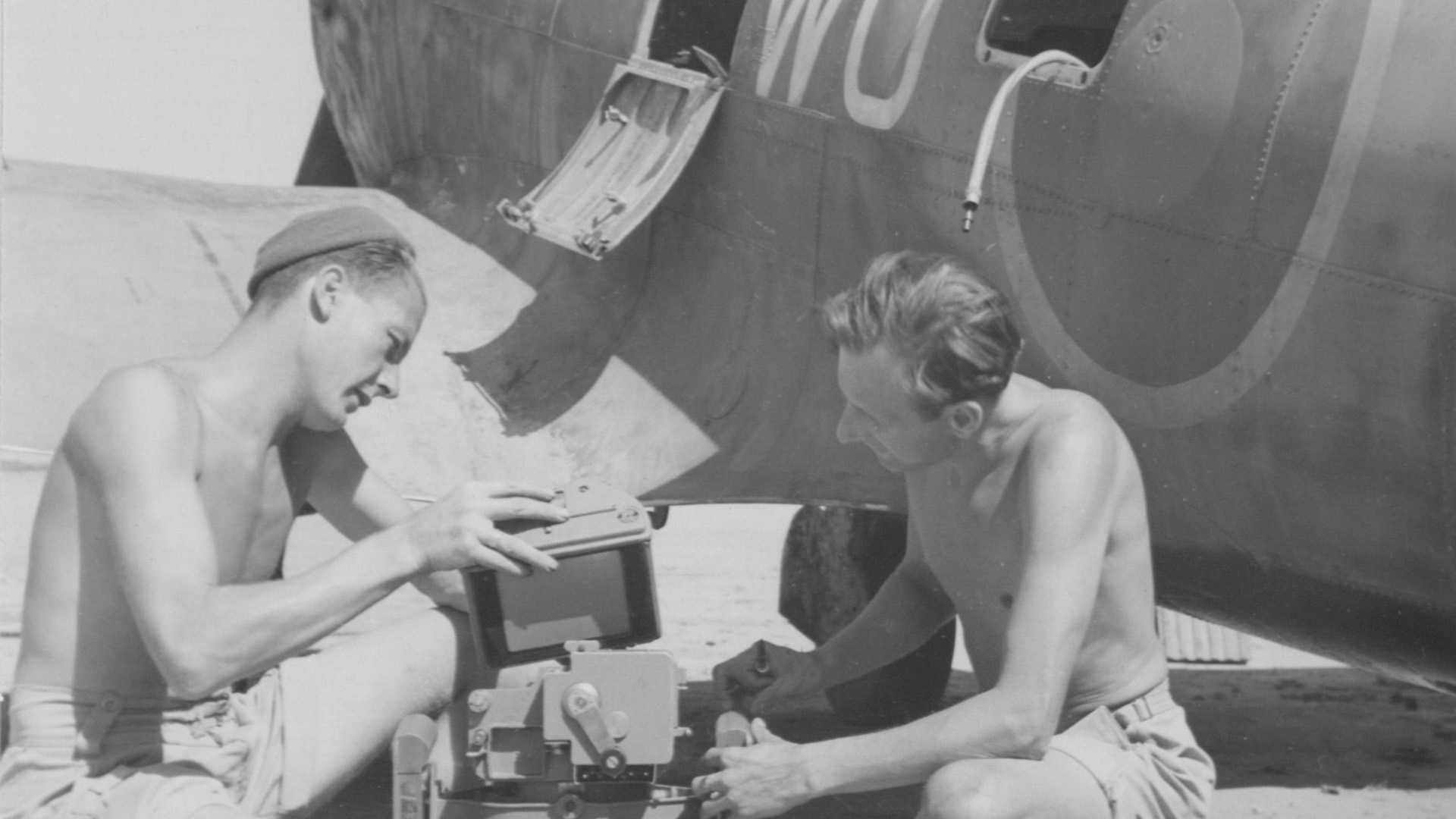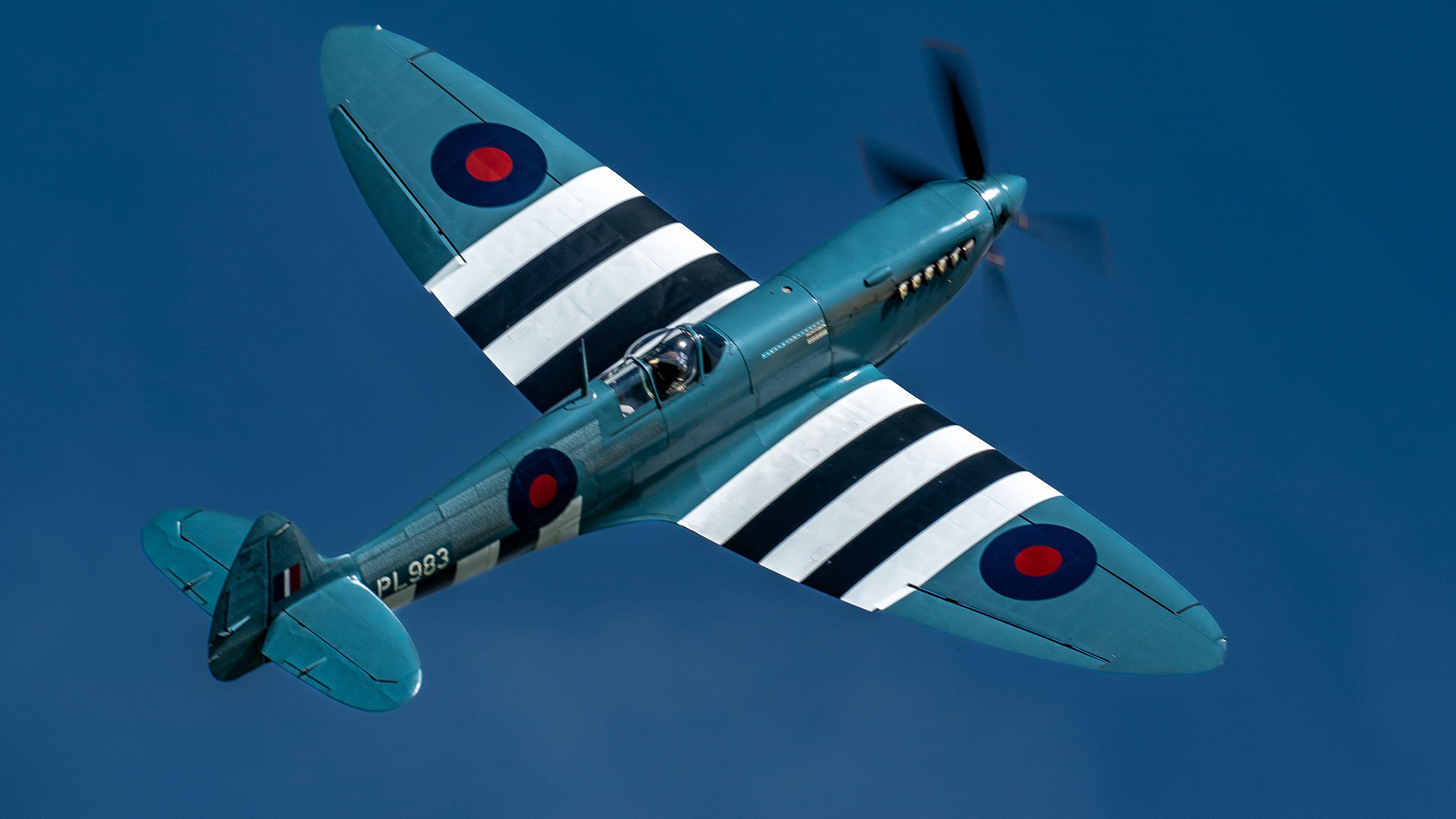
RAF photo recce unit memorial hits planning stage with hundreds of names still missing

MPs have backed plans to create the first national memorial to mark the legacy and important role played by the RAF Photographic Reconnaissance Unit (PRU) during the Second World War.
The PRU took more than 26 million photographs which aided intelligence in ending WW2.
It's believed the photographs taken helped end the war more quickly and played a key part in planning the D-Day landings.
Interpreting the photos once they'd been brought back and developed was vital work. Some 440 people were involved in this work – and 195 of them were women.
MPs each echoed the importance of properly recording the names of the men and women on a permanent memorial.

The planning process has begun to erect the memorial outside the Treasury by the exit of the Cabinet War Rooms on the grassed area.
Esther McVey, Tory MP for Tatton, said: "In the months before the invasion, low-level reconnaissance flights over Normandy provided critical intelligence of German beach defences and key infrastructure.
"Without this information, the comprehensive plans and Operation Overlord and its ultimate success would not have been possible," she said.
Crews would fly in gutted aircraft, only armed with a camera.
The death rate was one in two, with a life expectancy within the unit being two years.

Today, 399 of the fallen remain a mystery in the history books. The average age was just 24 years.
Hundreds of names of the fallen are still missing, many in unmarked graves.
Former Royal Marine David Reed, MP for Exmouth and Exeter East, said they had seen the whites of comrades' eyes when going into battle. But what got them over the line was having each other.
"I cannot begin to imagine the isolation they must have felt or the courage it took to take off, knowing the odds were often against them coming home.
"They flew alone deep into enemy territory without escorts, unarmed, and exposed," Mr Reed said.
The memorial will hold the names of those who made the ultimate sacrifice.
The idea was first proposed in 2018 after the launch of the Spitfire AA810 project.










